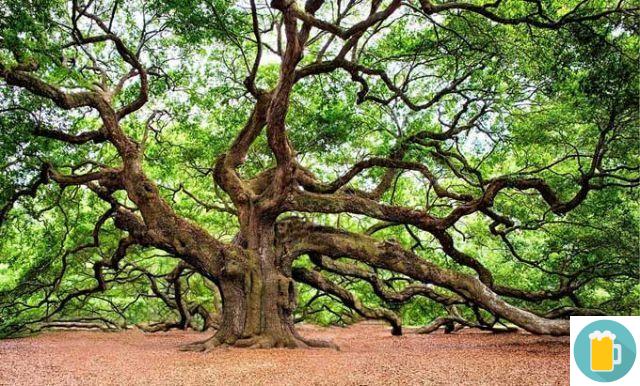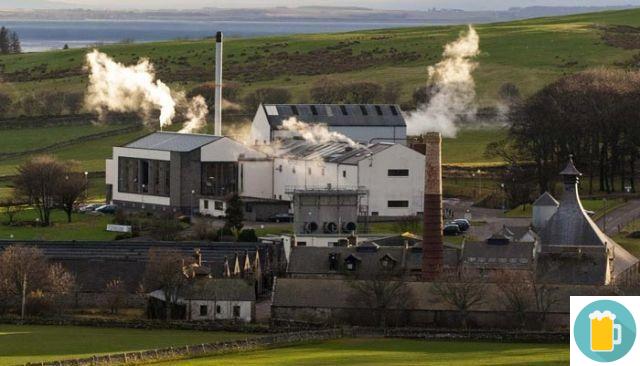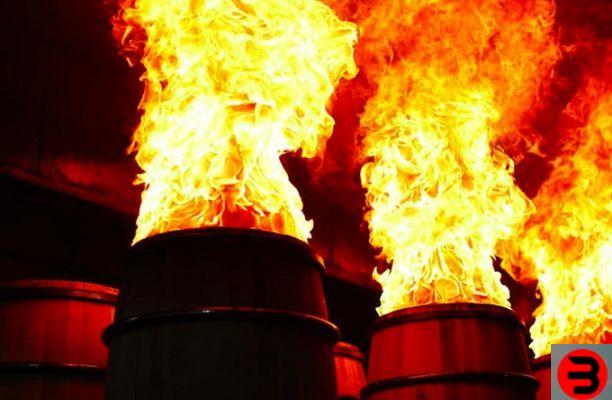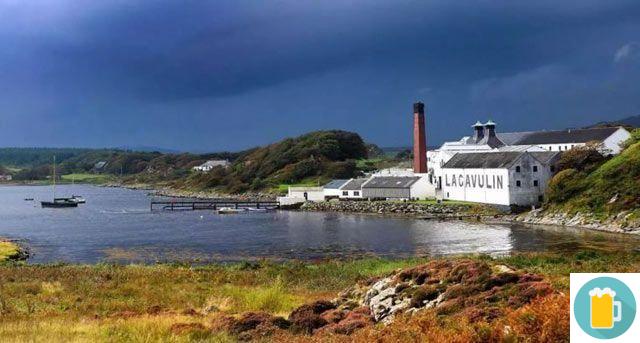
How water affects whiskey
Water affects whiskey production
Distilleries are rightfully proud of their water source. A constant supply of water is essential. For example, during prolonged periods of drought some distilleries have to stop production, as has happened in Scotland in recent years.
When there is no water, everything stops suddenly. The water is used for malting, mashing and dilution of the spirit before bottling (with the exception of rilasci full proof). Water is also used indirectly for cooling and for steam production.
However, trying to determine to what extent water attributes affect the final product is extremely difficult.
First of all, not many distilleries malt their own barley anymore. In addition, bottling is also mostly done off-site at huge bottling plants.
Consequently, the water used for diluting the alcohol content often does not have much relation to the distillery where the whiskey was born.
So, for the purpose of this article, we'll take a closer look at the most direct use of a distillery's water source: mashing. During this process the malt is transformed into a fermentable sugary liquid, the so-called must.
Smoke in the water
A persistent myth surrounding the Scotch whiskey it is the turbidity of the water sources of some distilleries.
This is supposedly where some Scotch whiskeys get their smoky flavors from. Sure, there are streams flowing through the peaty regions of the Highlands.
Once you reach the distillery, the water can be brownish and peat phenols can actually be found. Examples are Tobermory e Jura .
You may also be able to distinguish some peat compounds from mash water that survived distillation, but you should be a super taster as their presence is practically negligible.
instead, drying is responsible for introducing smoke into whiskey, a process in which malted barley is dried with peat smoke.
Learn more: Peaty whiskey: how it is produced and which are the best
Hard or soft water
Then there is the distinction between hard and soft water. Although there are some exceptions, most of the Scottish distilleries uses surface water, which is therefore fresh water.
Alternatively, the calcareous water it is part of the history of almost every brand in Kentucky. This mineral-rich hard water is sometimes referred to as "Secret ingredient" of bourbon.
Water hardness is measured by the amount of dissolved mineral salts, mainly calcium, although iron, magnesium and zinc are also part of this group. The extent to which these minerals are present can affect the mouthfeel and flavor of the whiskey.
It also affects the efficiency of fermentation, during which the foundations of a whiskey's flavor are built.
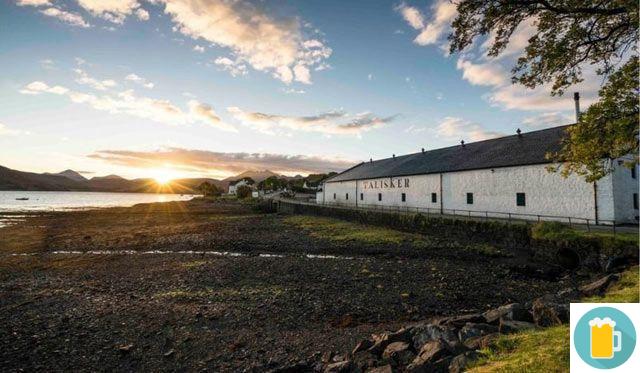
Research has shown that differences in sensory character can be attributed to spring water.
The softer waters of the Speyside they generally produced heavier spirits. Considering that the harshest waters found on Islay, Highlands and, to a lesser extent, the Lowlands, produced lighter and sweeter spirits.
Water with more organic matter (such as peat phenols) and fewer minerals produced more esters during fermentation, compounds that are largely responsible for the fruity flavors in your whiskey.
Influence of the water source
Knowing all this, it is still difficult to quantify the exact influence of a distillery's water source on the final flavor of its own whiskey.
Whiskey production is extremely complex and every little element is interconnected. Small changes at the start of production can have a big impact, it's not that different from the butterfly effect.
As water is a key part of the process, it contributes at the very least to the wide range of whiskey styles found in Scotland and around the world.







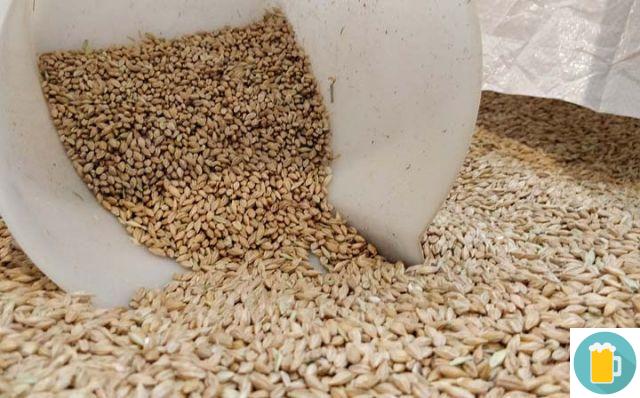
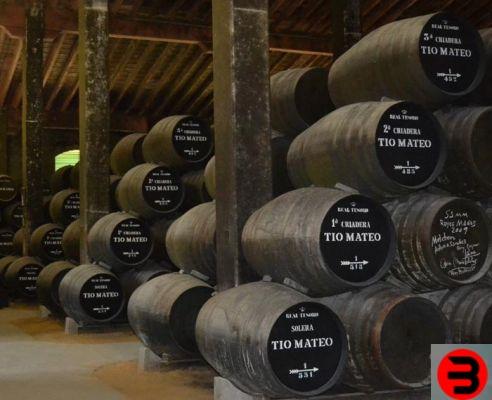



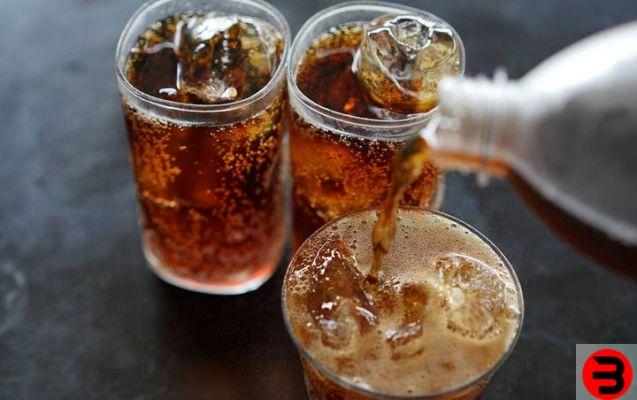


![Best Whiskey: the 7 TOP in the world [GUIDE 2021]](/images/posts/203dea461b3d4004c339a63a3f69a0dd-0.jpg)




